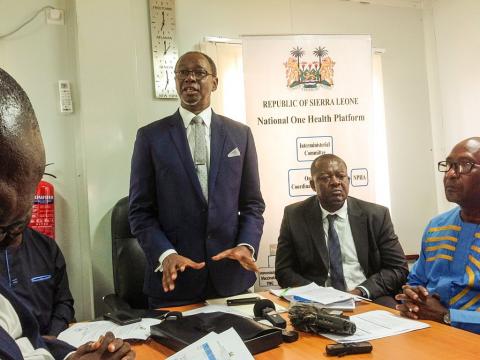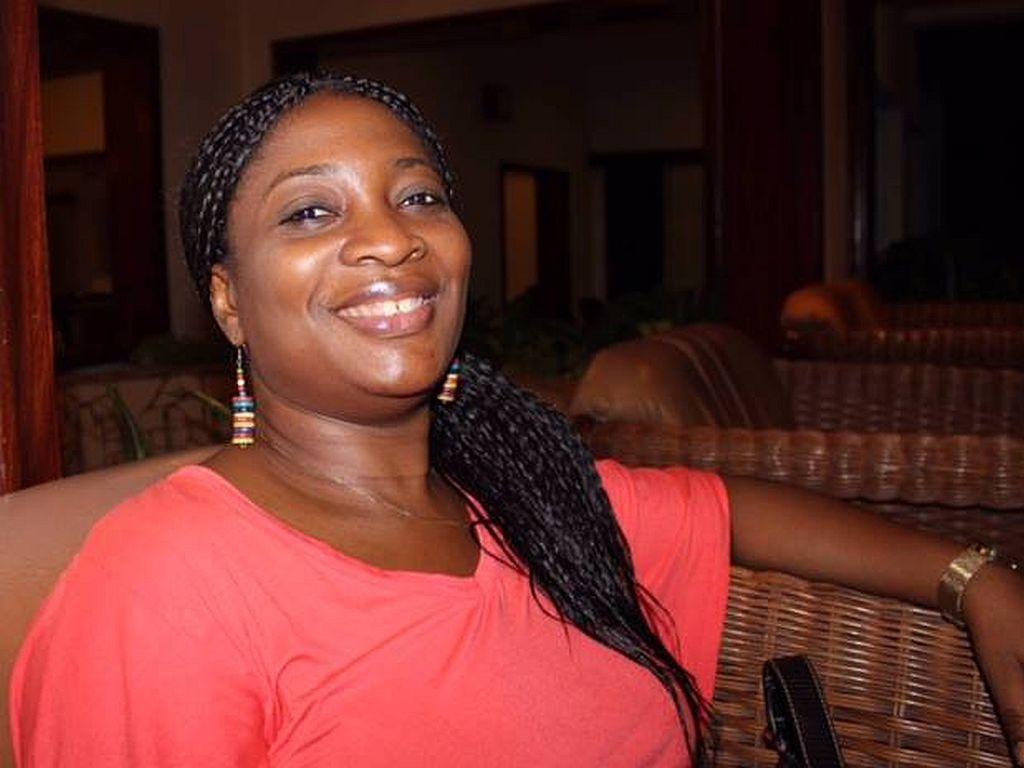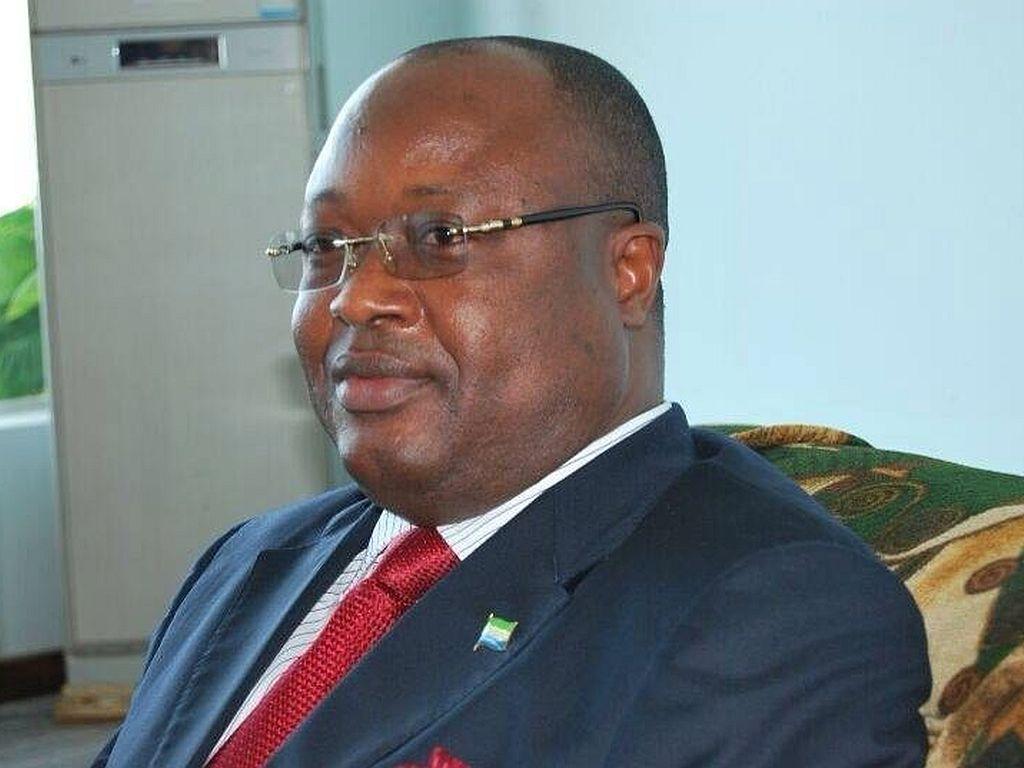By Kemo Cham
Imagine this: A pregnant woman is operated on by a team of surgeons. Immediately after the surgery she bled to death.
Shortly after, on the same day, a second patient battling for her life after an illegal abortion procedure went wrong, is brought in, operated on by the same team of doctors in the same theater, and she later bled to death.
The doctors treated the two cases as pregnancy related deaths. Case closed!
If this was a simulation, this particular team of doctors clearly failed the test.
This scenario was what actually happened in Masanga in the northern Tonkolili District, last month, which sparked the latest flare of Lassa Fever infections in the country with one fatality.
Any time before May 2014 this team of doctors would have been forgiven for this obvious serious breach in protocol. Two cases of deaths caused by bleeding and they treated them as pregnancy related deaths!
Health officials never miss out on any chance to compare the country’s health sector today to what it used be pre-Ebola (2014).
Whether it's a launch of some policy document or the inauguration of a new health facility, the common line has been: “Sierra Leone in 2019 is different from Sierra Leone in 2014.”
Somehow this is true. When Ebola struck the health system was almost non-existent. The labs, where they existed, were barely equipped with things as common as reagents or hand gloves. Most of all was the lack of expertise.
Today the situation is different. The labs are more equipped and there are more expertise available.
So the question is: why didn’t the surgeons at Masanga Hospital raise the alarm timely enough to enable the district authorities to act accordingly?
Even when the head surgeon fell ill for “unexplained” reason, it didn’t seem to raise any alarm.
Dr Noulet Woucher was reportedly tested for malaria and typhoid. He would later travel to Freetown to attend to some personal issues and return to Masanga. Still his sickness persisted and it raised no alarm.
The Dutch medic was eventually evacuated when his situation got worst. And up to this point, not a single person still thought of going beyond malaria and typhoid tests. If the hospital was ill prepared to do so, at this point the District Health Medical Team should have been alerted by the evacuation of the foreign medic.
It wasn’t until the doctor died in The Netherlands and tests carried out by doctors there showed that he died of Lassa Fever, that medical authorities back home in Tonkolili became aware of the post-Ebola emergency protocol.
But it was already too late. Three confirmed cases and two probable cases of Lassa Fever, together with a total of 48 suspected cases, were already recorded.
Ebola was meant to have taught us that anytime anyone incident like what happened in Masanga on November 4 occur – two bleeding to death on the same day - they will have to be tested for about five out of 15 priority diseases captured under the national disease surveillance system. These are the viral hemorrhagic fevers with potential to cause outbreaks, including Ebola, Lassa Fever and Marburg.
The women were buried just like that.
It’s not just the breach of protocol in Masanga that illustrates that we are not too different from where we were in 2014. The apparent obsession for denial of lapses in the system by health officials is still ingrained. And this should be a concern because it was part of the reason why Ebola lasted as long as it did.
Health officials seem to be more concerned about what the public think about their responses to issues, than the actual effect of their response.
And this was seen at play at the MoHS’ press briefing convened at the Emergency Operations Center on November 25, three weeks after the scenario depicted above happened.
Instead of owning up and putting modalities in place to avoid a repeat of the incident, officials were busy explaining how perfect the health system was, even if it failed to pick up what it is supposed to if it were just functioning to bare minimum.
They were also busy explaining why it should be called “incidences” and not an outbreak.
“Sierra Leone has had an ongoing outbreak of Lassa Fever. This is over 10 years. And we never announced together with WHO that that outbreak has been contained,” said Dr Alie Wurie, head of the Rapid Response Team deployed on the ground in Tonkolili after the November 4th incident.
Like the rest of the officials who spoke at the event, Dr Wurie also tried to put forward the excuse that because this is the first time Lassa Fever had been detected in this part of this country – Tonkolili - it was understandable why it didn’t provoke the kind alertness it should have to warrant the doctors follow the right protocol.
But if Sierra Leone is Lassa Fever endemic, as Dr Wurie himself put it, all the more reason why Lassa Fever should be a top prior anywhere in the country and at any time a situation like what happened in Mansaga emerges.
But away from that, whether to call it an outbreak or incidences would have been a matter if the situation had been handled as you would expect it done in 2019.
Clearly, as always, there was the concern as to how we, the “clueless” journalists, would report this issue.
At the end, many of us left that place confused than we were before going in.
Latest statistics from the MoHS, as per information available up to the end of last week, show that there was no confirmed new case from the Masanga incident. That’s good news. But it doesn’t change the fact that the Ministry of Health and its partners failed what is a crucial test for Sierra Leone’s preparedness for emergencies.
Copyright © 2019 Politico Online









